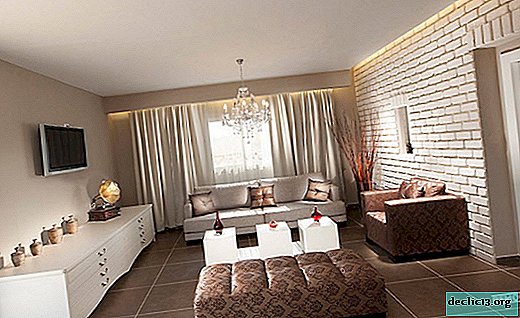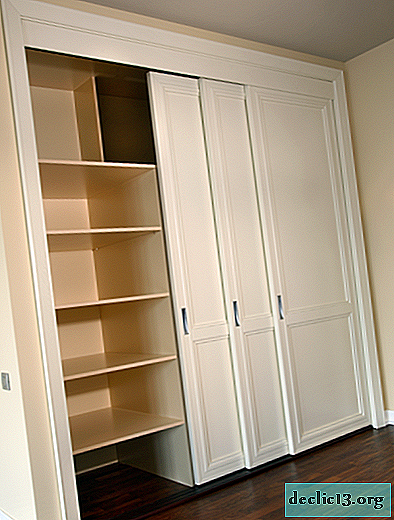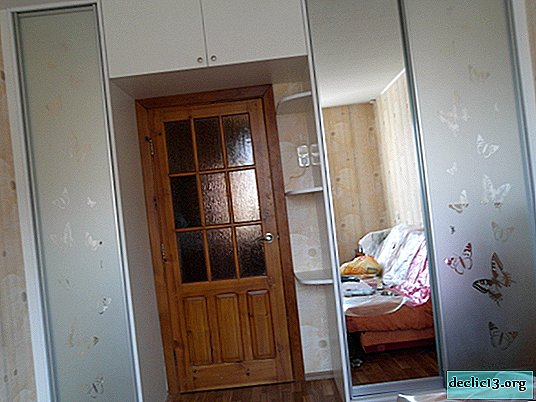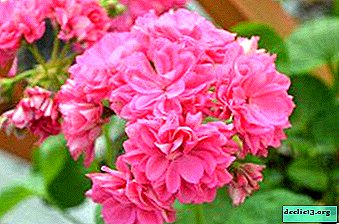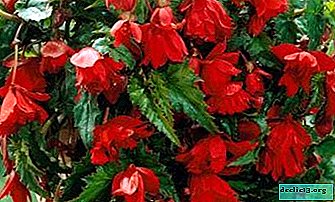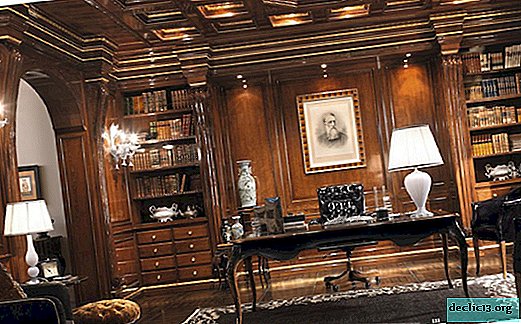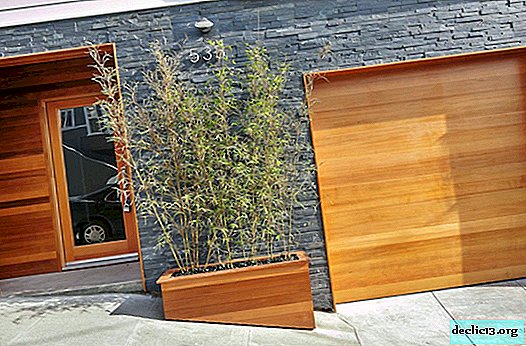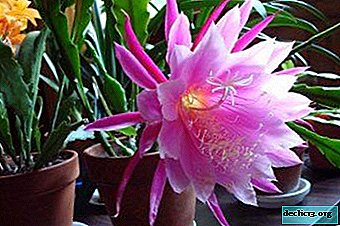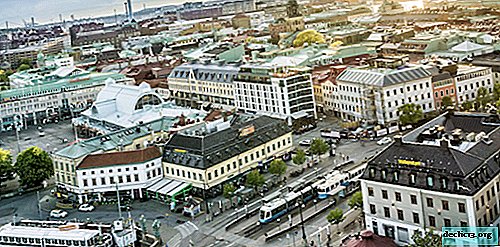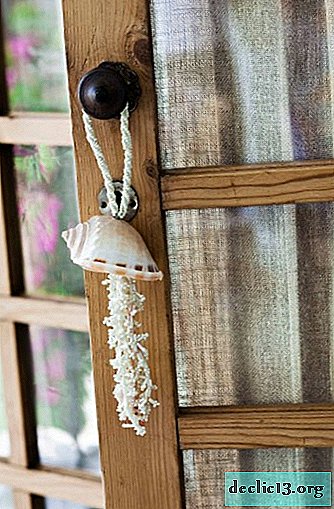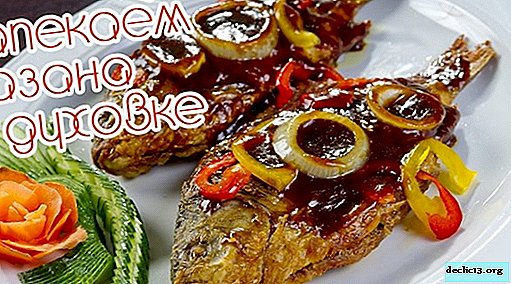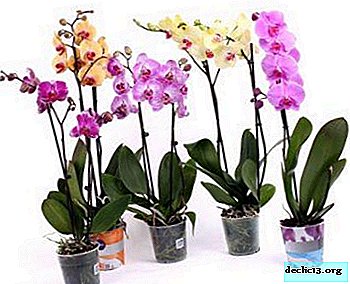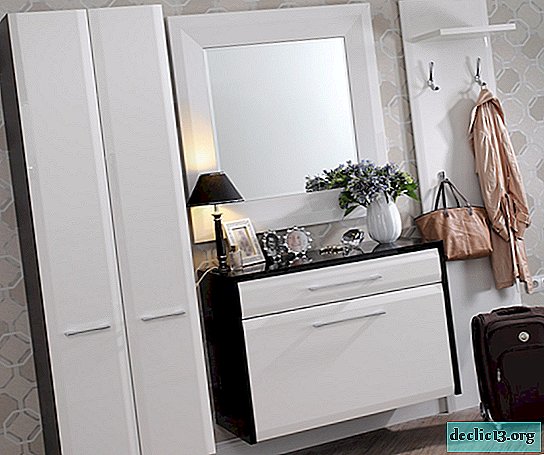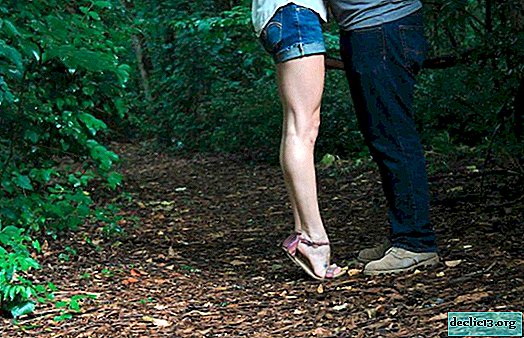Provence style in the interior of the apartment and the facade of the house
In the process of evolution of mankind, a certain way of his life spontaneously arose, which was mainly expressed, as they say now, by the interior of the dwelling. Each nation had its own interior, and with its own characteristics, which differed from other nations, both inside the house and outside.
Due to the fact that the lifestyle of our ancestors did not allow special frills, the interior was appropriate - simplicity and comfort, that’s what determined it. Descendants-designers gave it the name rustic style. But, as was said above, each nation had its own characteristics and, accordingly, subsequently received its name. One of these primitive folk styles is Provence.
Provence style originated in France. Its name, translated from French, means "province", that is, a village. Already in the name itself lies its essence. The wonderful nature of the Mediterranean coast, the abundance of the sun - all this was reflected in the Provence style and allowed him to gain popularity among other styles and hold it to this day.
You will learn about what a house is outside (its facade) and inside, style features, and much more by reading this article.
Facade of a house in the style of Provence
First of all, the facade of the house, made in the style of Provence, is distinguished by its exterior. The house should be done in bright colors. This will be a kind of reflection of the atmosphere of light and solar heat, which is abundant in the homeland of this style. Otherwise, it will be any other style, but not provence.
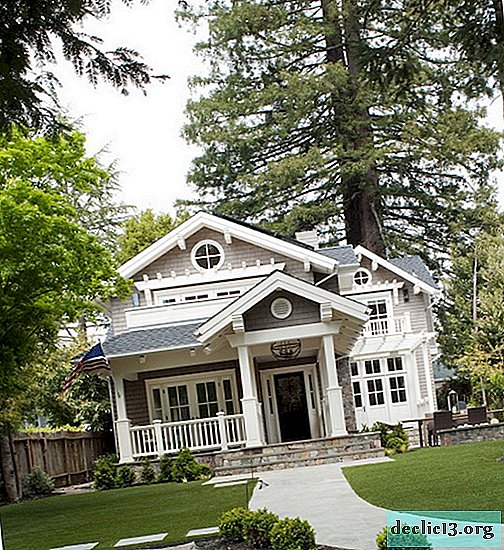


There may be a contrasting highlight of certain parts of the facade (windows, doors, certain parts of the walls of the facade, cornices, etc.). In this case, the predominance of darker tones over light ones is allowed, which somewhat violates the general concept of the Provence style color, but does not violate the harmony of the facade. This allows you to give the facade a certain clarity, which decorates it with ease of execution.



Provence style is characterized by the facade of the house made of various facing materials. Here you can see a harmonious combination of "wild stone" and "lining", which undoubtedly indicates the creative nature of the owner of the house.



Speaking about the Provence style, one cannot but mention the features of the windows of the house. The window frame has a very practical and at the same time beautiful design. It has many narrow bindings to minimize damage in case of damage to the glass. Very often the window opening is lowered to floor level. By the way, shutters serve as protection against damage and at the same time unpretentious decor of windows.


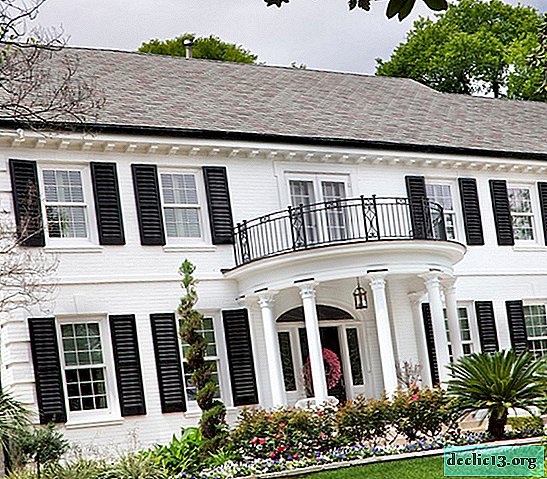
As for the window decor, it is presented in the form of stucco rather modest from an artistic point of view. Simplicity and no frills - a hallmark of Provence style windows.



Doors must be massive and have a small viewing window.



It is hard to imagine a Provence style house without a lantern at the entrance. At the same time, the lantern must necessarily resemble an old kerosene lamp, characteristic of old France. Forged lantern is considered a special delicacy.



Now at the very time to talk about what provides the historically established concept of color for the Provence style, that is, what materials are used to decorate the facade of the house.
Materials for decorating the facade of the house
The main requirement for the materials used to decorate the facade is their naturalness, in extreme cases, a high degree of imitation. Of course, modern Provence houses have facades that mimic the look of old buildings, since there is no need for natural masonry walls.
Wild stone
In its original form, houses in France were laid out of stone or buta. But evolution made its own adjustments and began to build houses using other technologies. However, the man did not want to lose the original appearance of the dwelling in which his ancestors lived. Therefore, in order to preserve this view, a man began to imitate the masonry of walls, especially the facade of the house, made of stone. So the name of the cladding appeared - "wild stone". This name refers to the decoration of the facade with pebbles, rubble or slate. Modern technologies allow with great accuracy to simulate the natural masonry of walls made of stone or buta. Plaster panels, plates completely repeat the color, texture of the stone. Thanks to such plates, the facade of your house, lined with them, will convey the whole atmosphere of past centuries. At the same time, the costs of this work will be quite affordable for your budget.



Natural wood. "Lining"
Wood has always been the main building material, over time, however, supplanted by other materials (brick, wall panels and the like).
But the modern interior is turning more and more towards natural materials, in particular, to wood. Not the last word in this was played by its environmental friendliness. By the way, all these qualities were and remain characteristic of the Provence style. Therefore, natural wood is also popular for decorating the facade of a house in this style.
Most often, a “lining” is used here - wooden panels having special longitudinal grooves. As a result of this form, the panels are tightly joined together, which ensures high quality cladding and beautiful design.

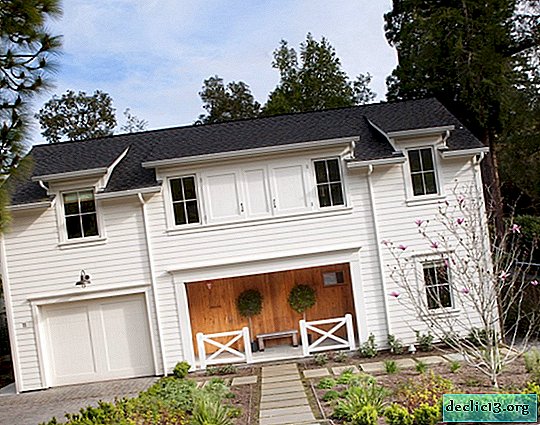
Now, knowing the external features of the Provence style, you probably will not confuse it with any other style. But how does he look inside the house, which is typical for him? You will learn more about this below.
Provence style in the interior of the rooms
It would be strange if I went inside a house whose facade is decorated in the Provence style, not to see the continuation of this style in the interior of the rooms. What should we see? We get acquainted with the features of the interior in the style of Provence.
This style stands out among other styles with its conciseness. With a minimum of its components, it allows you to design a rather diverse interior of rooms, while remaining true to its concept.
First of all, the abundance of light in the room is immediately evident. This is achieved due to the color background, which is maintained necessarily in bright colors, which enhance the effect of the presence of the sun in the room. Light colors are present in everything.


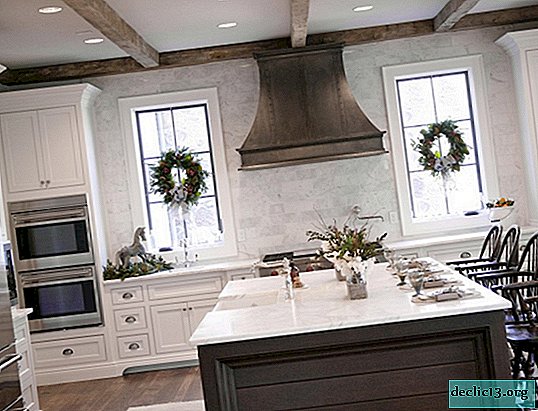
To the interior was not monotonous, in the room there are other colors, but as accents close to the main color, although contrasting colors are also not excluded. At the same time, contrasting colors always favorably highlight the sunny atmosphere of the room.



Wall decoration
It is carried out mainly by plaster, covered with light tones. Wallpapering is not excluded, but they should have correspondingly light colors, and drawings should not stand out against this background. This will help convey the atmosphere of the sea coast. In this case, everything that is in a room decorated in the Provence style should have traces of exposure to the salty sea climate, that is, have slightly faded colors.



But there are no rules with no exceptions. This fully applies to the Provence style.
An example is the presence in the room of a wall with masonry or its imitation. This solution allows you to maintain the atmosphere of antiquity, which is an indispensable attribute of the Provence style. Most often, the interior of the living room has such a view, although the bedroom is quite suitable for this. The stone wall should always be pristine, any coatings are not allowed.




Floor room
The Provence style in a classic form is laid with slabs of natural stone, preferably terracotta. But, due to the complexity of this work and the high cost of the material, the floor of a modern room is laid with ceramic tiles corresponding to the stone structure and texture. Deviations from the classical look are possible, both in color and in structure and shape, but still, the similarity of the masonry should be visible.



Sometimes it is possible to lay the floor with a laminate, but all the same, its classic color - terracotta - must be respected.



Room ceiling
In the Provence style, it necessarily has a beam structure. This is natural, as it is inherent in all rustic styles. The color of the beams necessarily stands out, up to a contrasting color to the general background. Typically, beams are painted in terracotta. But a monochrome ceiling is also allowed. The main idea of ceiling design is to highlight its natural origin.



Furniture
As in any other rustic style, it should keep traces of a past life. The explanation is simple: from ancient times, furniture was inherited from generation to generation. Therefore, there is nothing reprehensible in the fact that individual furniture will have scuffs, faded paint color, simple configuration. Thus, the spirit of our ancestors is preserved. In furniture you will not find signs of the slightest pretentiousness, pomposity. Everything is done simply and rationally, but this is the beauty of the style itself. It should not be forgotten that the color of the furniture should be in harmony with the overall color of the interior, that is, mostly light colors.



Textile
It should be in the same concept of color and material as the entire interior of the room - no bright colors and artificial materials, only linen and cotton. Everything should have slightly faded colors. This style does not accept other textiles.



It would be an unforgivable omission not to point out one remarkable feature of the Provence style - this is the obligatory presence of plants and flowers in the rooms. Without them, designers do not think of this style, which is based on the nature of the Mediterranean Sea.



Finally
If you read up to these lines, then you are fascinated by this style and you wanted to implement it at home. It is wonderful. Do not be afraid of certain difficulties, and you will be rewarded for your work with a wonderful Provence-style house, possibly even on the seashore. Good luck

